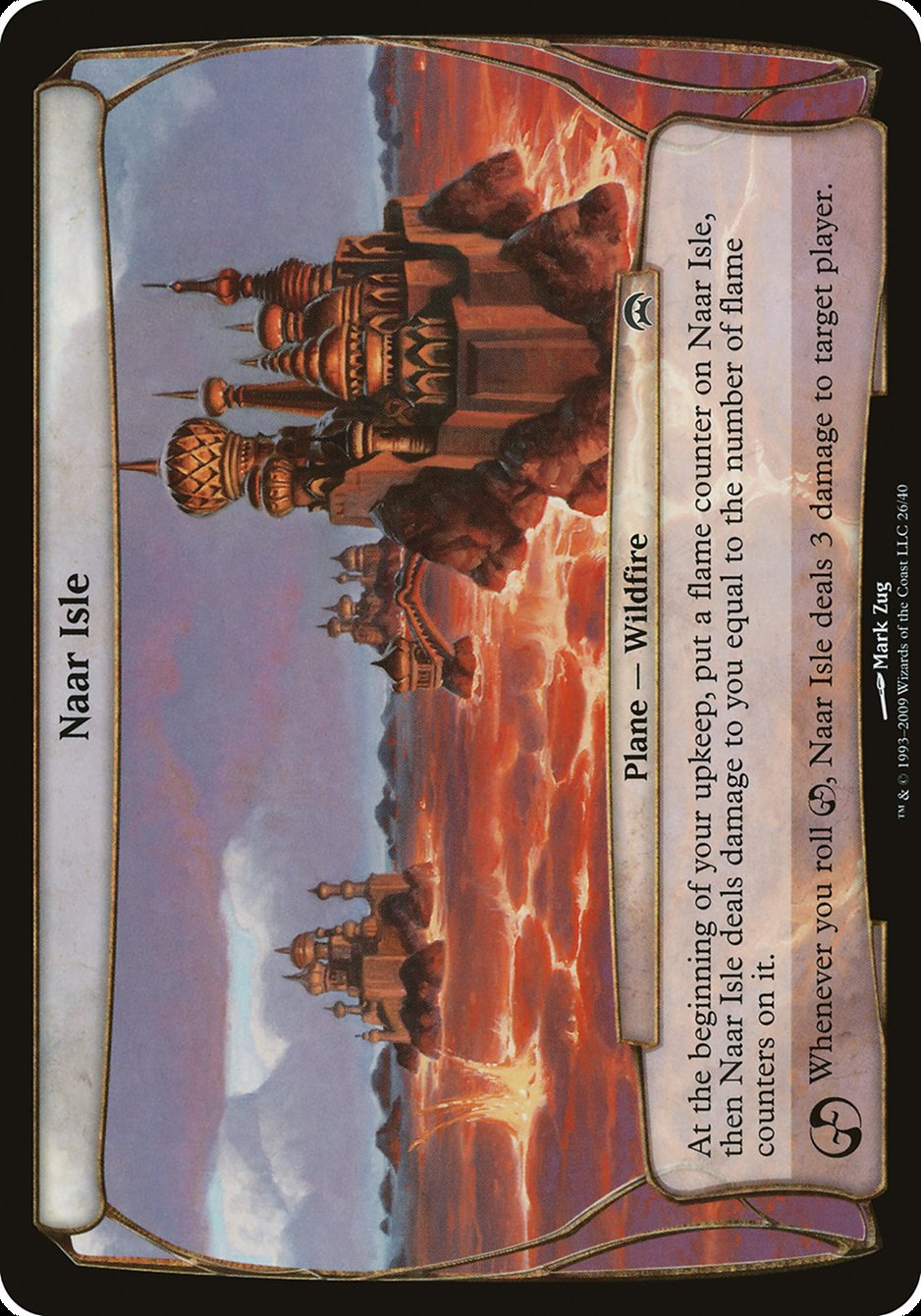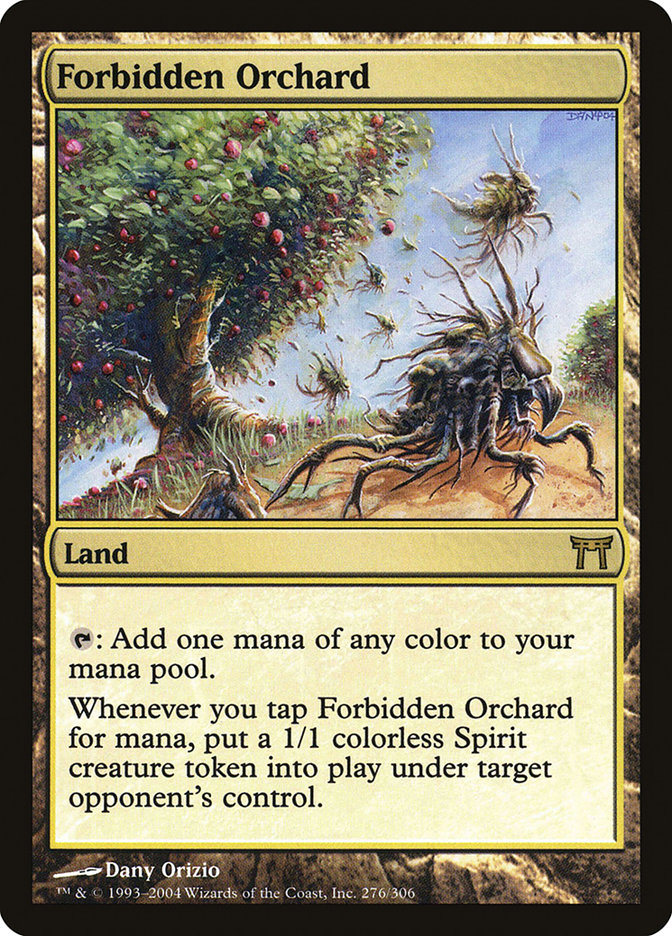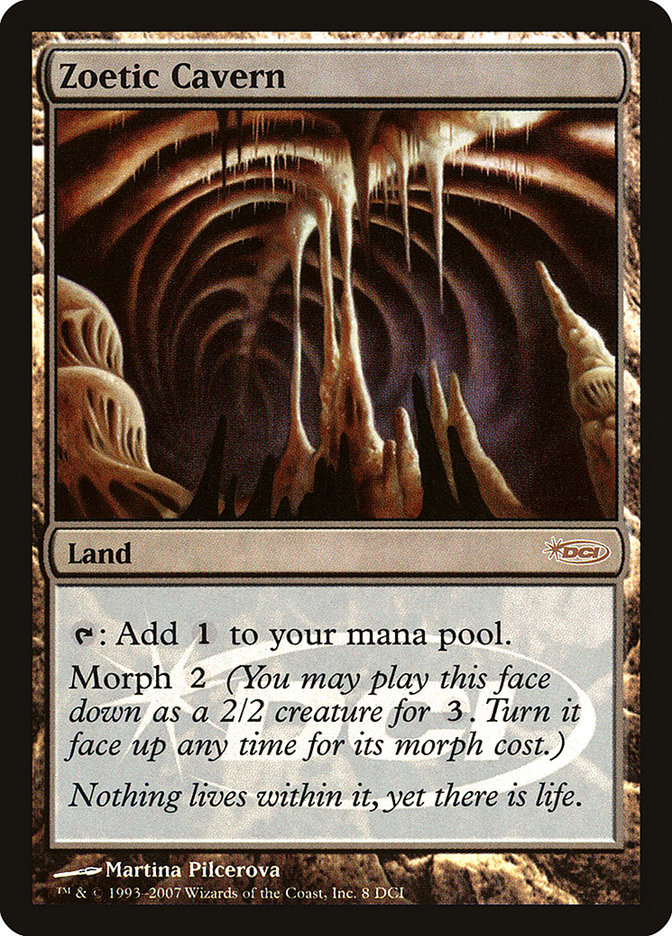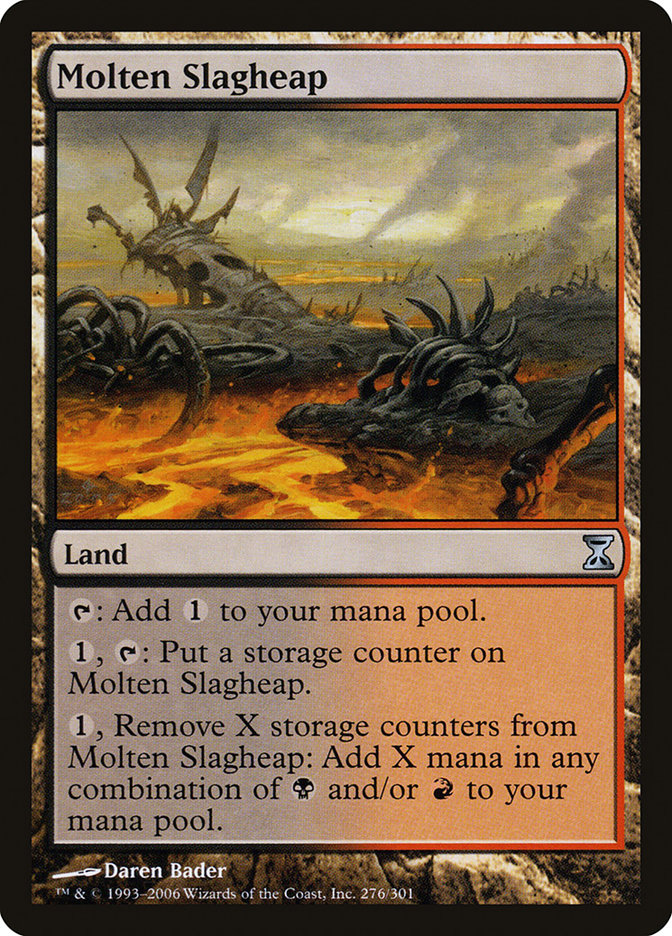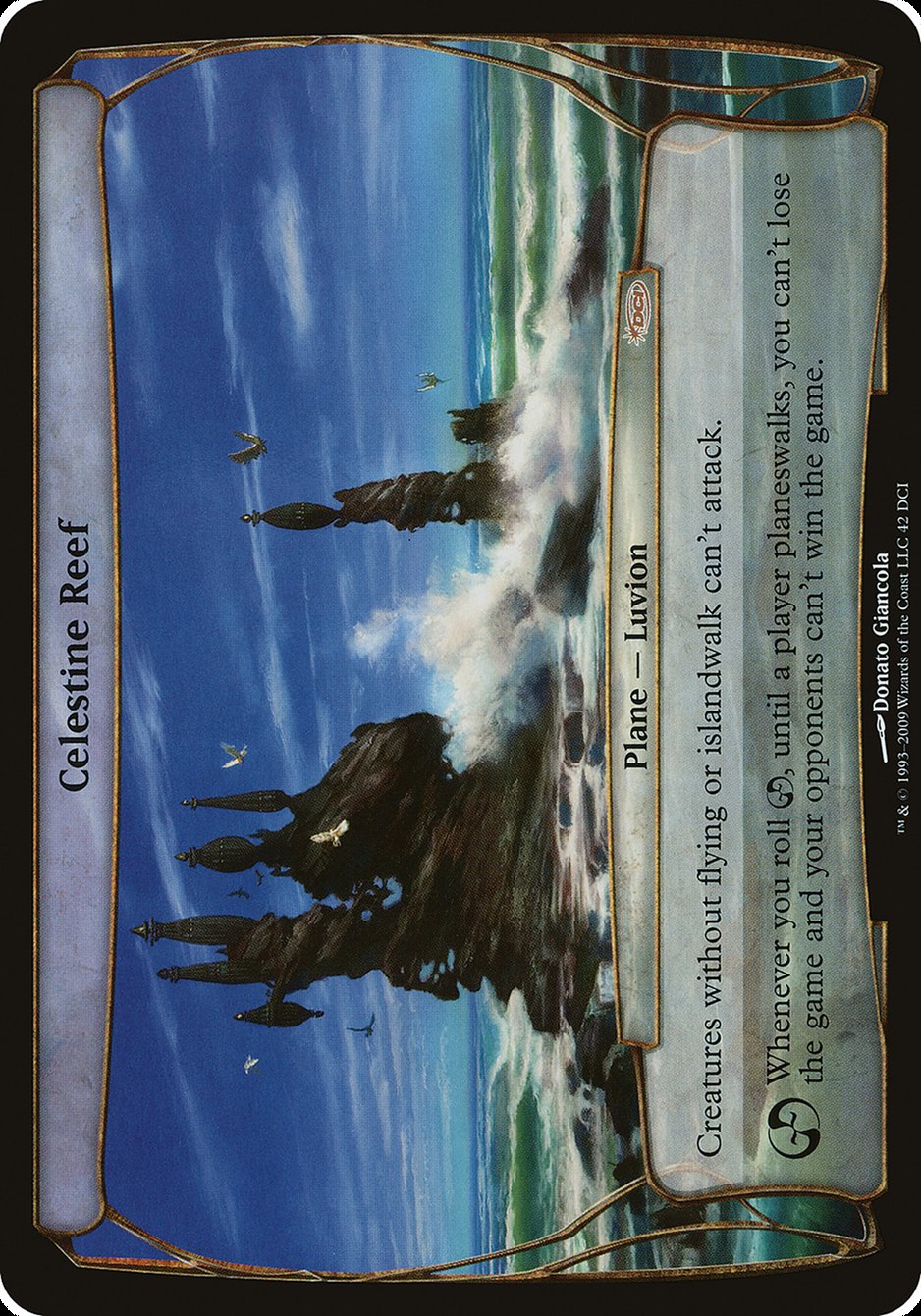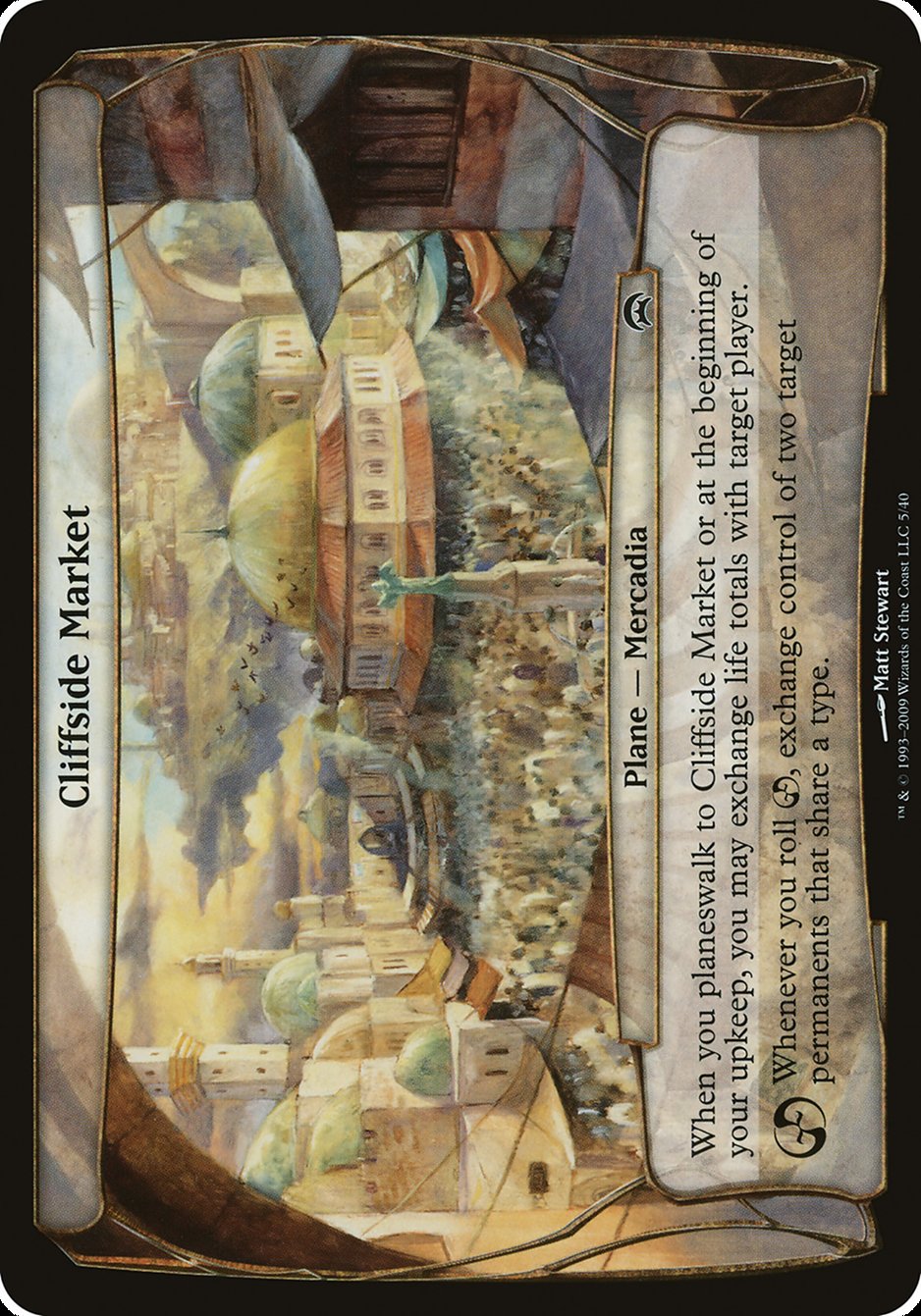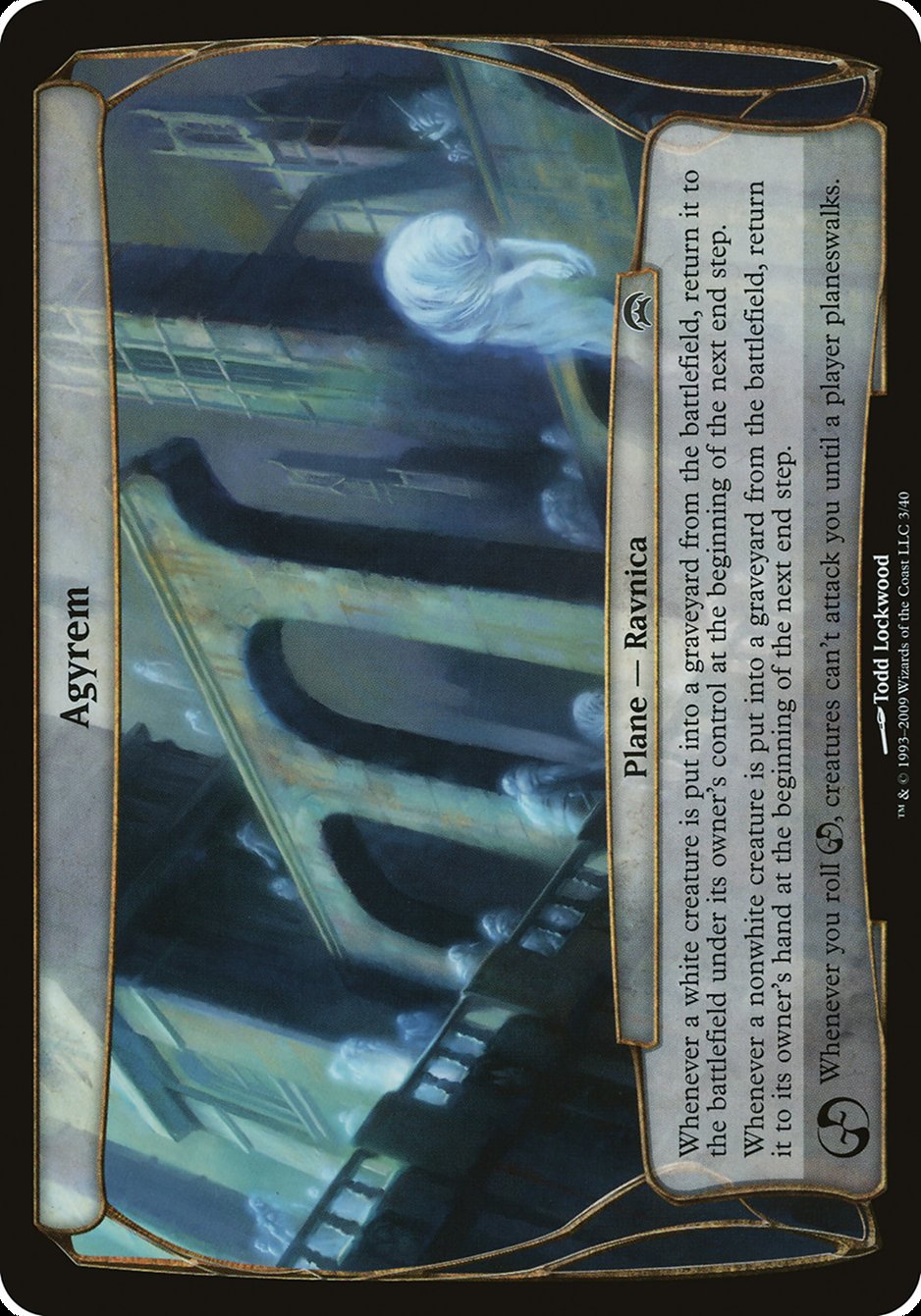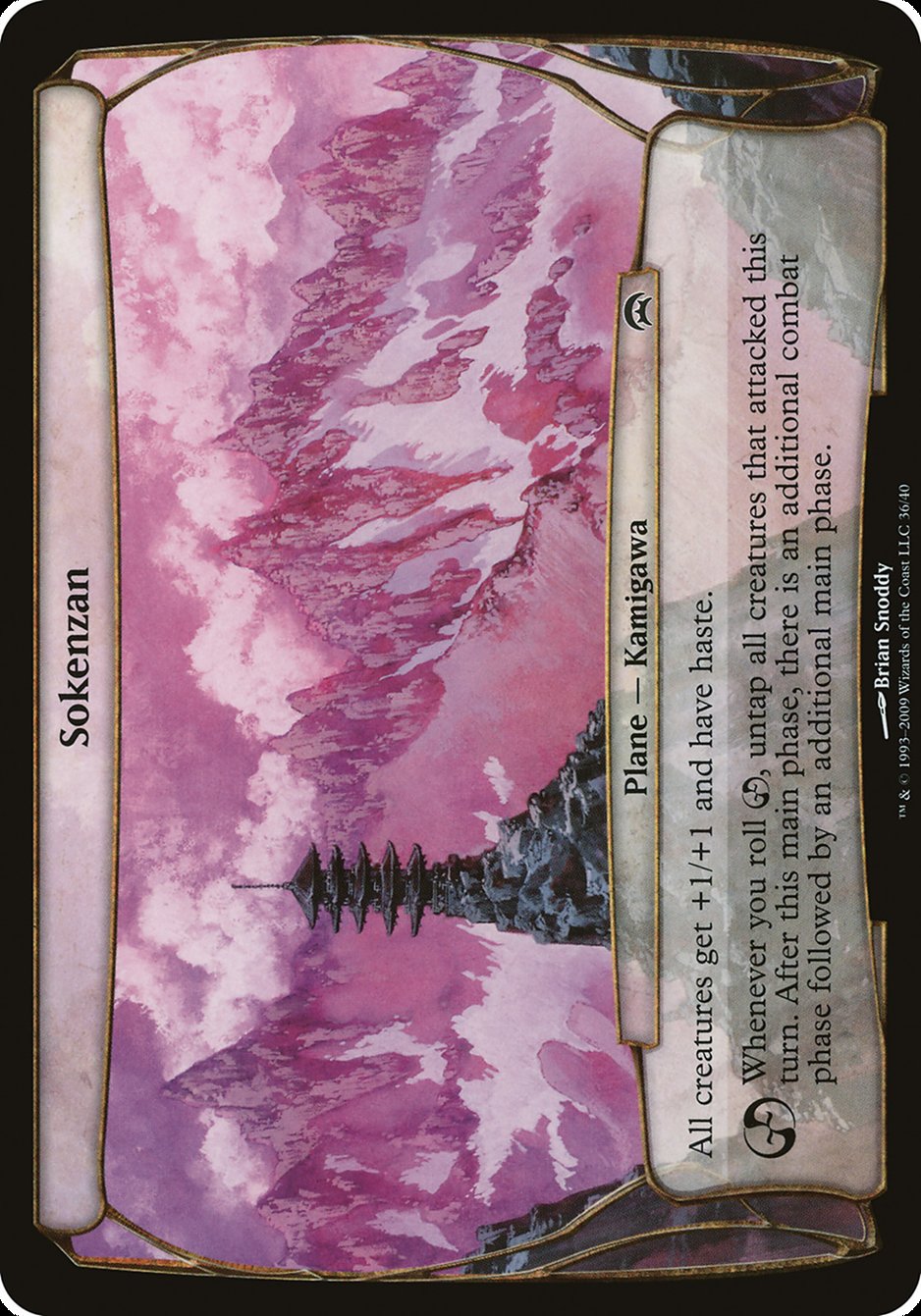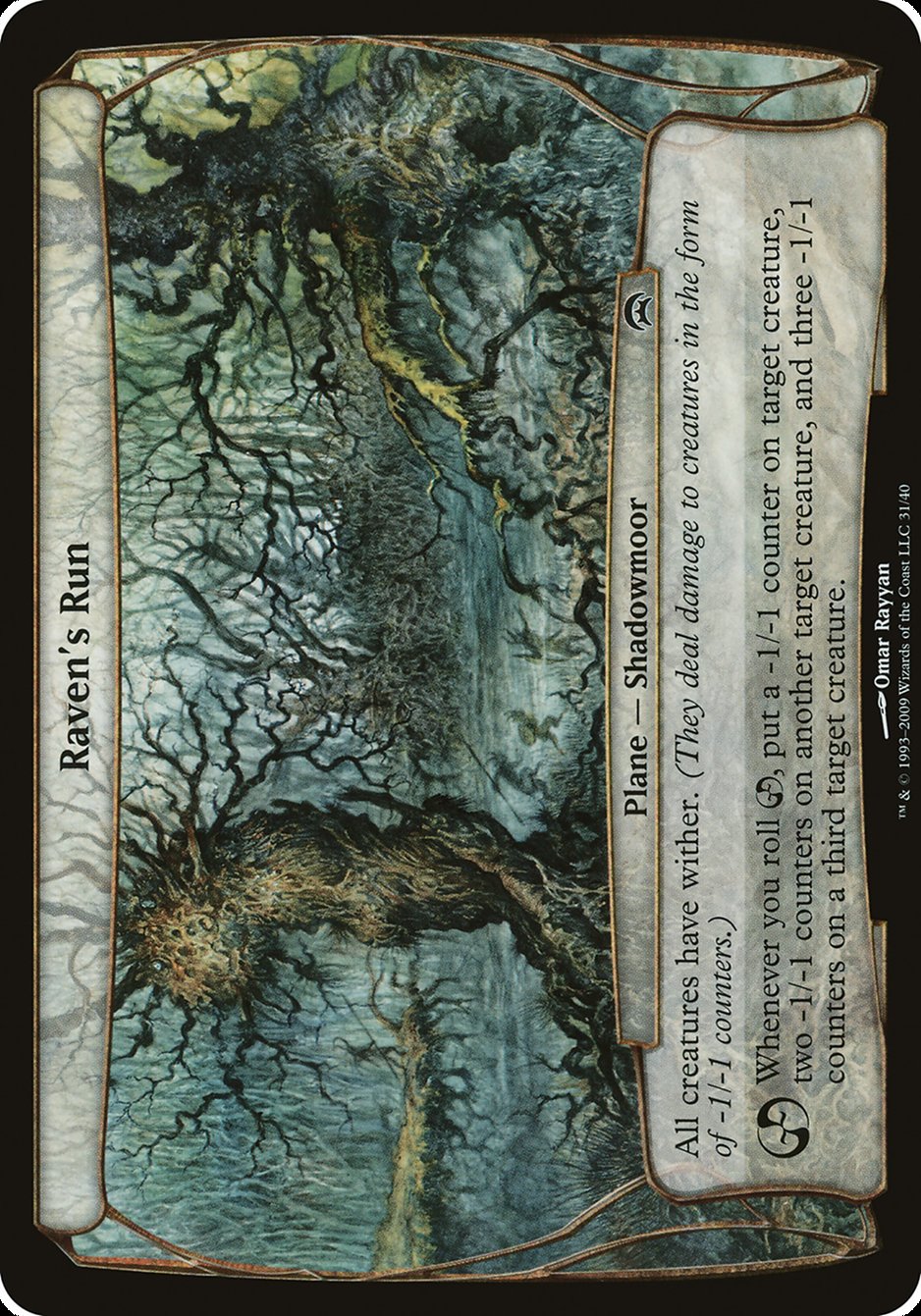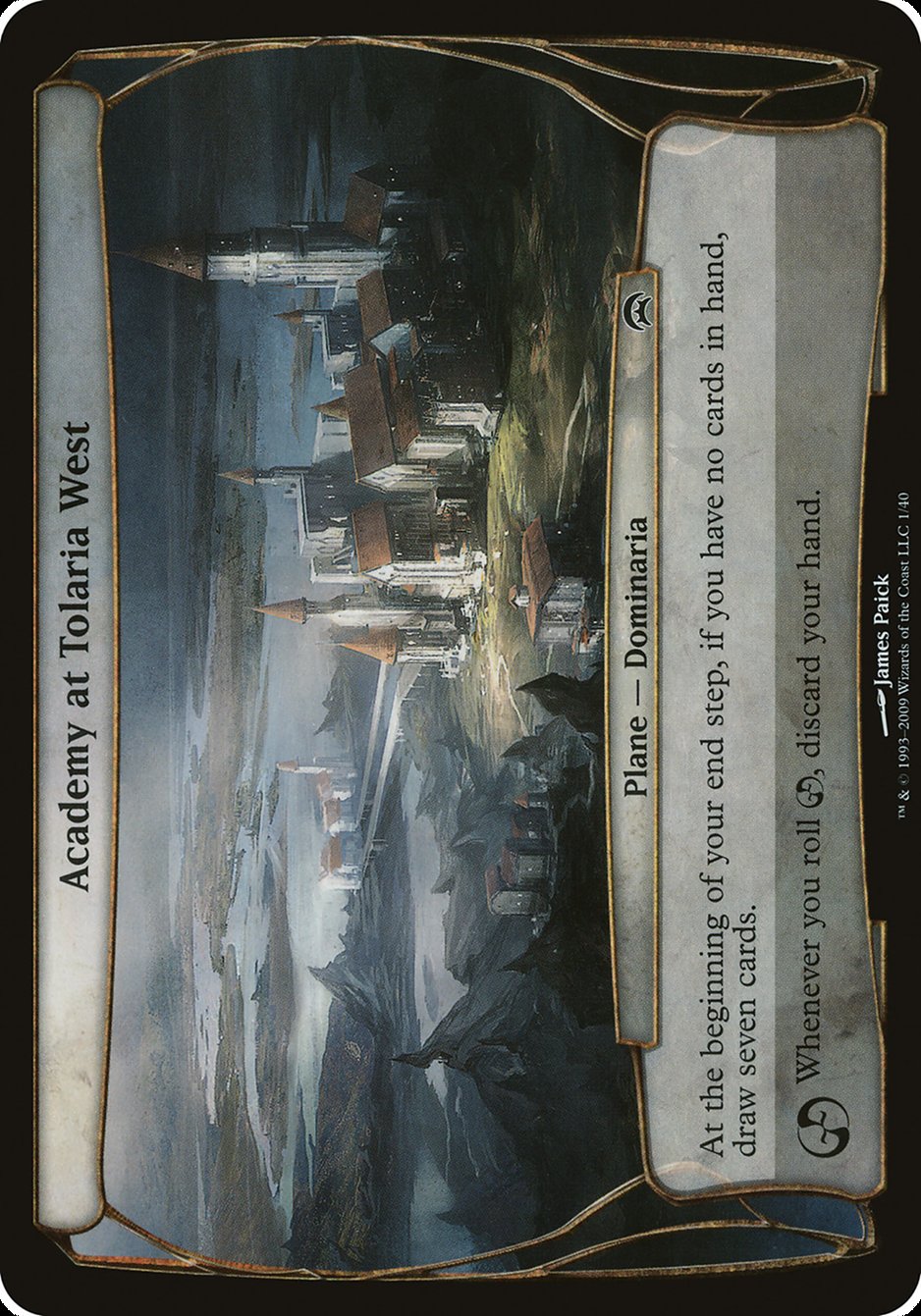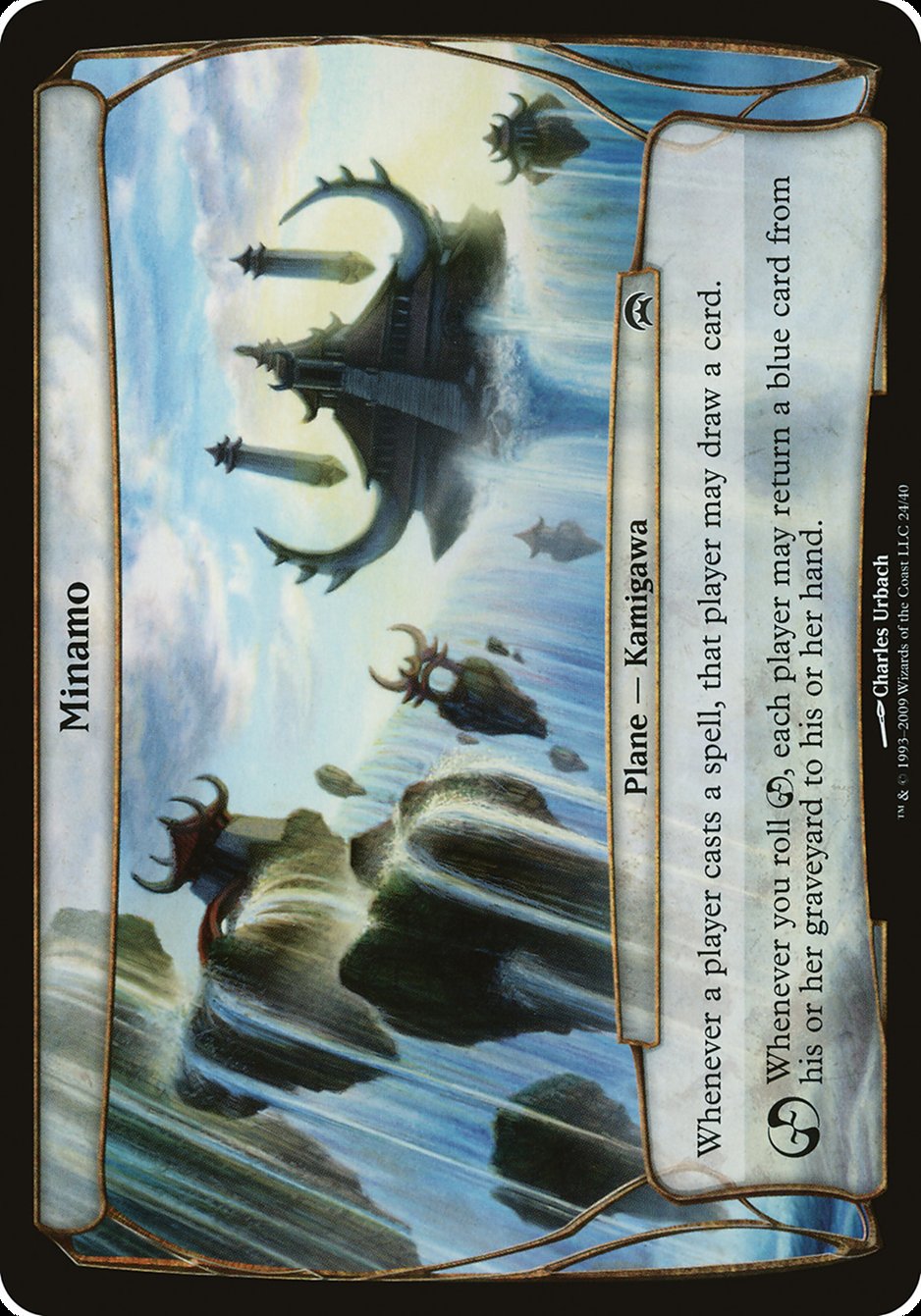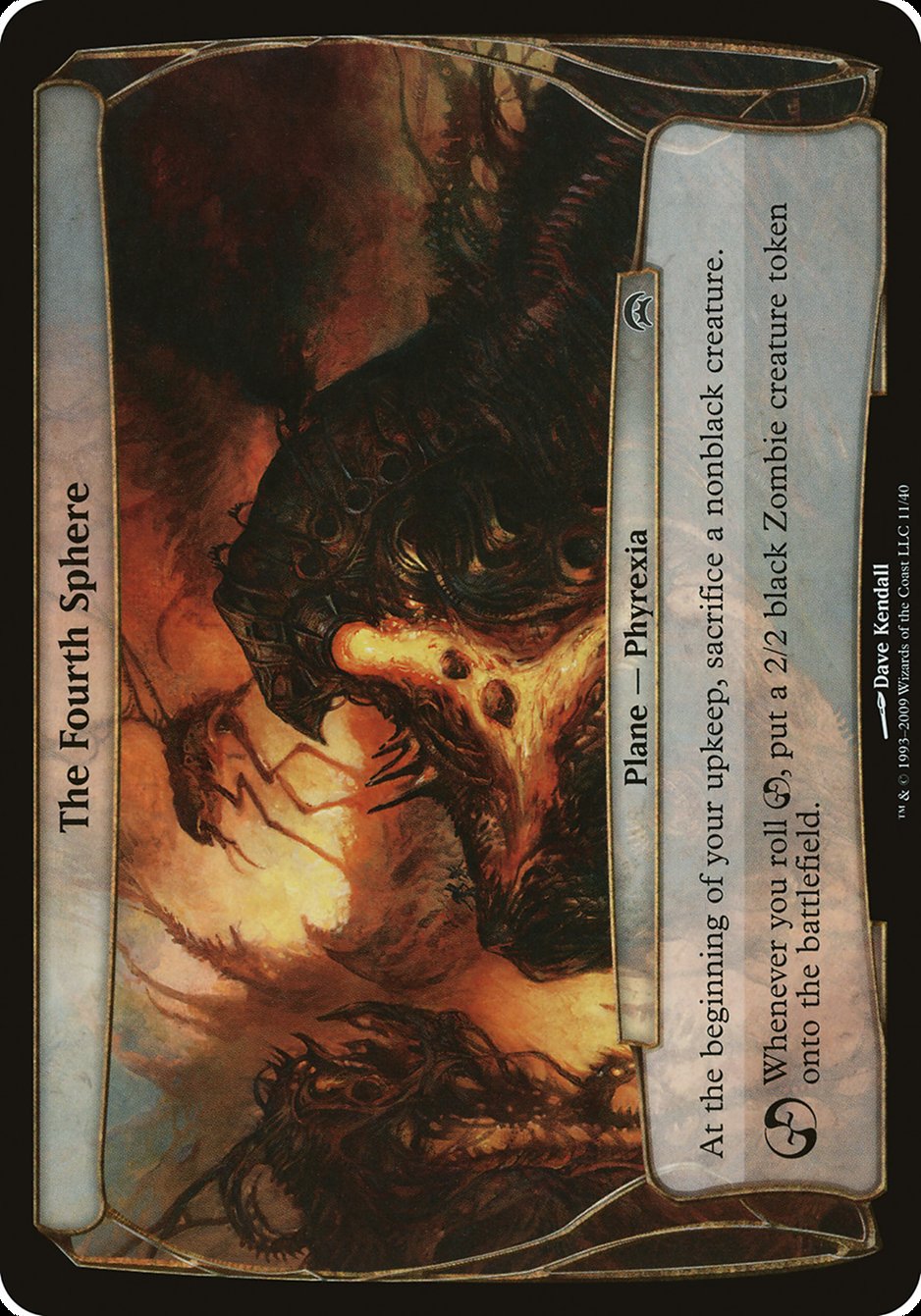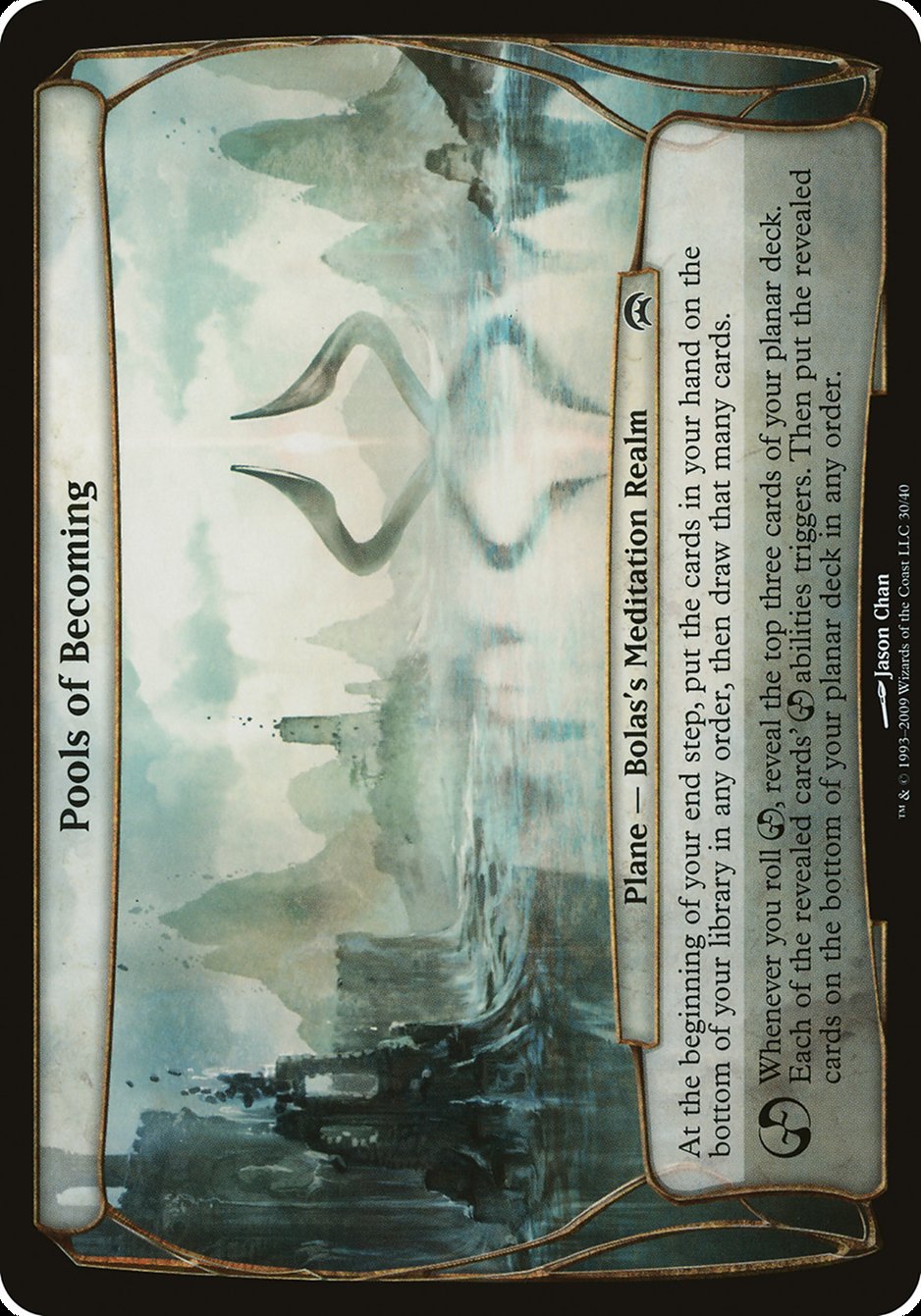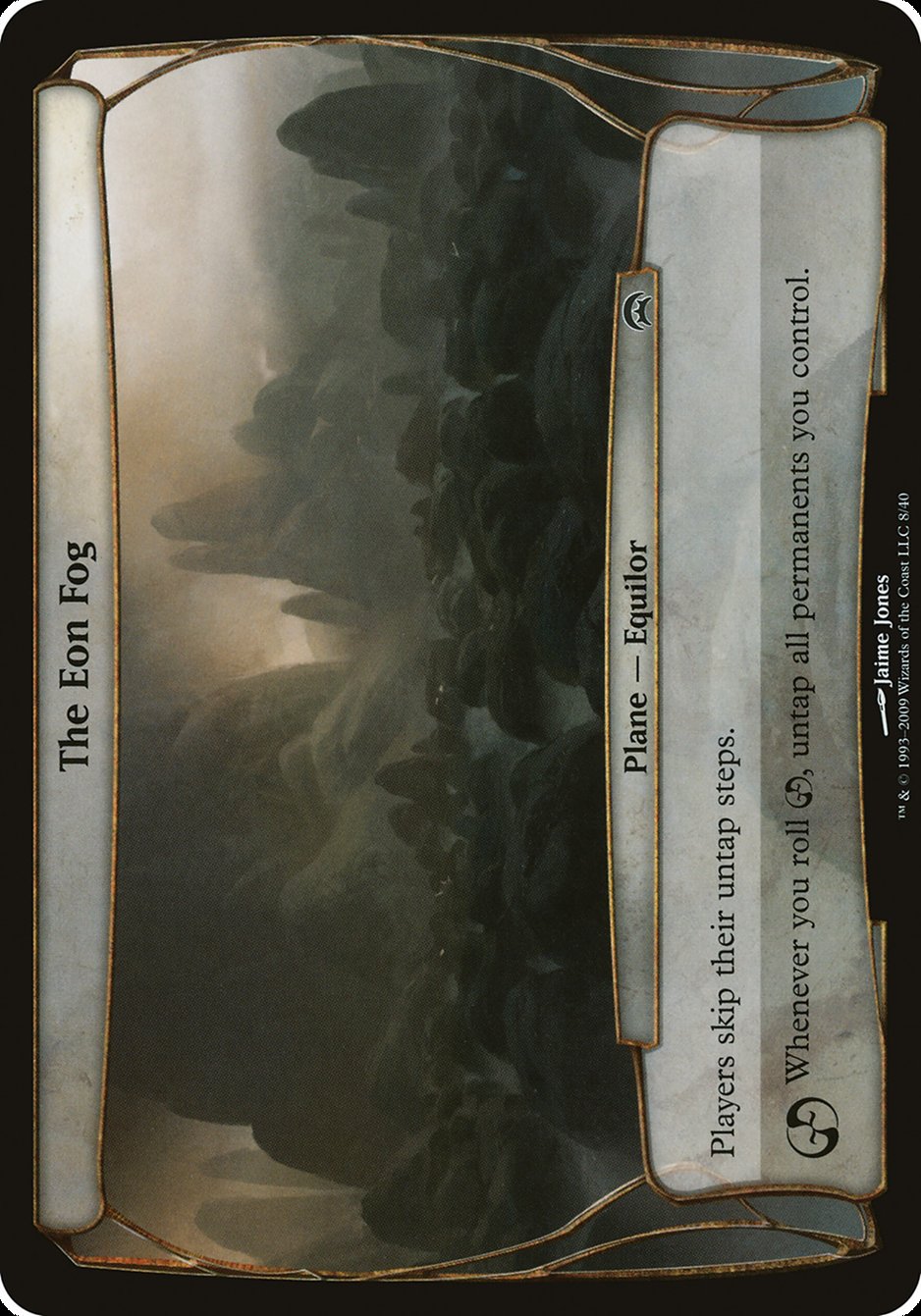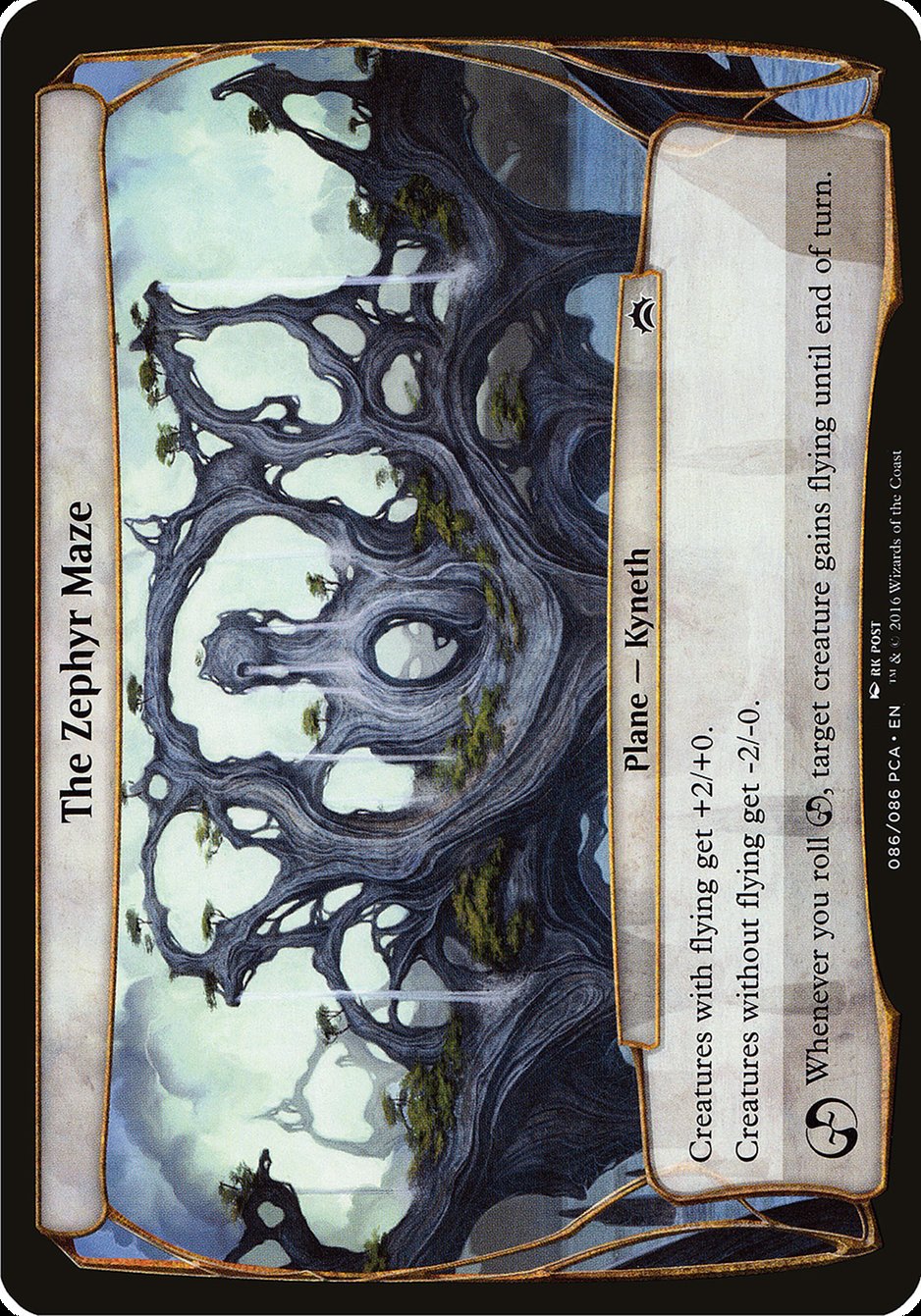Naar Isle MTG Card
| Card sets | Released in 2 setsSee all |
| Rarity | Common |
| Type | Plane — Wildfire |
Text of card
At the beginning of your upkeep, put a flame counter on Naar Isle, then Naar Isle deals damage to you equal to the number of flame counters on it. Whenever you roll chaos, Naar Isle deals 3 damage to target player.
Cards like Naar Isle
Naar Isle is a unique land card in the realm of Magic: The Gathering, offering a striking blend of pain and gain for both players. It stands in comparison to other cards that task players with making bold choices. While similar in spirit to cards like Forbidden Orchard, which provides opponents with creatures, Naar Isle instead bestows additional draw opportunities with a potential hit to life points.
Card such as Zoetic Cavern bear resemblance due to their flexibility in serving as both land or a creature. However, Naar Isle forgoes versatility in nature for potential in strategy, and unlike the Cavern, it creates tension with its upkeep trigger. Moreover, Molten Slagheap the storage land, increments mana capability across turns, but lacks the direct and immediate impact on the game’s flow that Naar Isle can exert by disrupting an opponent’s strategy with an influx of cards and the cost they carry.
To sum it up, Naar Isle holds a mortar place in the tapestry of MTG cards that confront players with a gamble. Its distinct impact on the game’s pressure-cooker atmosphere bolsters its reputation not just as a land, but as a formidable tool in the right deck, honing the edge of risk for potential reward.
Cards similar to Naar Isle by color, type and mana cost
Card Pros
Card Advantage: Naar Isle offers the ability to find exactly what you need when you need it by letting you peek at the top cards of your library, ensuring that you stay ahead in card value and selection.
Resource Acceleration: Naar Isle facilitates a boost in your resources by potentially adding extra lands onto the battlefield or into your hand, speeding up your game play and allowing you to deploy threats earlier than usual.
Instant Speed: The flexibility of activating Naar Isle’s effect at instant speed grants strategic depth, enabling you to better time your moves in response to the evolving state of play.
Card Cons
Discard Requirement: The Naar Isle card necessitates discarding another card from your hand to unlock its potential, which may pressurize your hand economy, especially when strategic reserves are necessary to maintain control of the game.
Specific Mana Cost: The casting requirement for Naar Isle demands an exact combination of mana types. This specificity can hinder flexibility, making it a tricky fit for multi-colored or mana-restricted decks that might struggle to produce the necessary resources consistently.
Comparatively High Mana Cost: With a heavier load on your mana resources, playing Naar Isle comes at a significant cost. This can delay your development in the early stages of the game or hamper your ability to respond to threats efficiently, providing opponents an opening to capitalize on your temporary weakness.
Reasons to Include Naar Isle in Your Collection
Versatility: Naar Isle offers a variety of benefits as it can slot into different deck archetypes. Its ability to offer extra draw and potentially play additional lands makes it a utility card suited for numerous strategies.
Combo Potential: With its ‘skip a turn’ feature, Naar Isle pairs well with cards that mitigate the downside or exploit this condition. It becomes a piece of intricate combos, setting up impressive plays for those who can navigate the trade-off.
Meta-Relevance: In a gaming environment where sustained card advantage can tip the scales, Naar Isle becomes a compelling choice. This makes it a relevant inclusion for decks aiming to outpace opponents in resources over time.
How to beat
Confronting a Naar Isle card on the battlefield demands strategic finesse from Magic: The Gathering players. This pesky card, known for banishing an opponent’s creature to a mysterious island, hinges on a lottery mechanic that can be both a boon and a bout of misfortune. Players often find themselves rolling dice to see if they can reclaim their creature, introducing a luck element that must be tackled with calculated play.
To mitigate the impact of Naar Isle, players should focus on decks abundant with creature redundancy or recursion capabilities. By doing so, the loss of any single creature becomes less detrimental, allowing for a swift recovery. Additionally, adopting cards that can manipulate or avoid entering the Naar Isle lottery altogether, such as hexproof or shroud-enabling spells, are excellent counters. Deploying these strategies not only diminishes the disruptive power of Naar Isle but also preserves the fluidity and control of your game.
Ultimately, the key to overcoming Naar Isle lies in crafting a deck that can maintain momentum regardless of RNG outcomes. Clever deck building and a preparedness to adapt will ensure that a temporary setback doesn’t evolve into a permanent defeat.
Where to buy
If you're looking to purchase Naar Isle MTG card by a specific set like Planechase Planes and Planechase Anthology Planes, there are several reliable options to consider. One of the primary sources is your local game store, where you can often find booster packs, individual cards, and preconstructed decks from current and some past sets. They often offer the added benefit of a community where you can trade with other players.
For a broader inventory, particularly of older sets, online marketplaces like TCGPlayer, Card Kingdom and Card Market offer extensive selections and allow you to search for cards from specific sets. Larger e-commerce platforms like eBay and Amazon also have listings from various sellers, which can be a good place to look for sealed product and rare finds.
Additionally, Magic’s official site often has a store locator and retailer lists for finding Wizards of the Coast licensed products. Remember to check for authenticity and the condition of the cards when purchasing, especially from individual sellers on larger marketplaces.
Below is a list of some store websites where you can buy the Naar Isle and other MTG cards:
 BUY NOW
BUY NOW BurnMana is an official partner of TCGPlayer
- eBay
- Card Kingdom
- Card Market
- Star City Games
- CoolStuffInc
- MTG Mint Card
- Hareruya
- Troll and Toad
- ABU Games
- Card Hoarder Magic Online
- MTGO Traders Magic Online
See MTG Products
Printings
The Naar Isle Magic the Gathering card was released in 2 different sets between 2009-09-04 and 2018-12-25. Illustrated by Mark Zug.
| # | Released | Name | Code | Symbol | Number | Frame | Layout | Border | Artist |
|---|---|---|---|---|---|---|---|---|---|
| 1 | 2009-09-04 | Planechase Planes | OHOP | 26 | 2003 | Planar | Black | Mark Zug | |
| 2 | 2018-12-25 | Planechase Anthology Planes | OPCA | 54 | 2015 | Planar | Black | Mark Zug |
Rules and information
The reference guide for Magic: The Gathering Naar Isle card rulings provides official rulings, any errata issued, as well as a record of all the functional modifications that have occurred.
| Date | Text |
|---|---|
| 2009-10-01 | A face-up plane card that’s turned face down becomes a new object with no relation to its previous existence. In particular, it loses all counters it may have had. |
| 2009-10-01 | A plane card is treated as if its text box included “When you roll {PW}, put this card on the bottom of its owner’s planar deck face down, then move the top card of your planar deck off that planar deck and turn it face up.” This is called the “planeswalking ability.” |
| 2009-10-01 | If an ability of a plane refers to “you,” it’s referring to whoever the plane’s controller is at the time, not to the player that started the game with that plane card in their deck. Many abilities of plane cards affect all players, while many others affect only the planar controller, so read each ability carefully. |
| 2009-10-01 | The controller of a face-up plane card is the player designated as the “planar controller.” Normally, the planar controller is whoever the active player is. However, if the current planar controller would leave the game, instead the next player in turn order that wouldn’t leave the game becomes the planar controller, then the old planar controller leaves the game. The new planar controller retains that designation until they leave the game or a different player becomes the active player, whichever comes first. |
